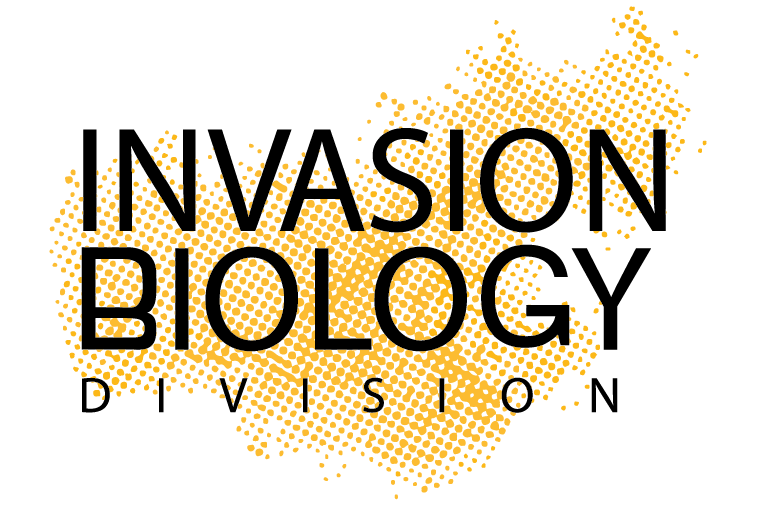Led by researchers from the University of Alberta in Canada, members of the CER ‘Lendület’ Seed Ecology Research Group also participated in an international study to find the key to the success of invasive grass species. The results of this research have recently been published in the journal Oikos. The three grass species studied were native species of Eurasian grasslands – smooth brome (Bromus inermis), narrow-leaved meadow-grass (Poa angustifolia) and crested wheat grass (Agropyron cristatum) – which are considered invasive species causing serious conservation problems on North American prairies. Our experiment sought to answer whether seed origin or soil-mediated effects contribute to the invasiveness of these three grass species. We collected seeds and soil from populations from non-native (Canada) and native (Hungary, Kazakhstan, Germany, Ukraine) ranges (47 populations in total), germinated seeds in all possible combinations (from their own population, from other populations in the native range, and on soil from invasive ranges) and compared the biomass of developing seedlings.
Although we have studied biologically and ecologically similar species, our results suggest that the key to success for each species is different, species-specific. In the case of the crested wheat grass, our results suggest that the species has become evolutionarily more successful since the invasion (i.e., larger plants have developed from seeds from Canadian populations, regardless of soil type) and that soil-mediated effects have contributed to its success (root biomass of plants was higher in soils from Canadian populations, regardless of seed origin). In the case of smooth brome, local adaptation may be the key to success. This means that within the invaded range, seeds from a given population developed the highest biomass in the soil of their own population, while smaller plants developed in soils from other Canadian populations. Overall, the study shows that the keys of success of invasive species are influenced by a number of factors, many of which act in concert and may reinforce each other. Targeted research on the key species of most conservation importance is therefore very important, as effective action against invasive species requires knowledge of the factors that determine their success.



